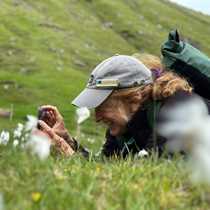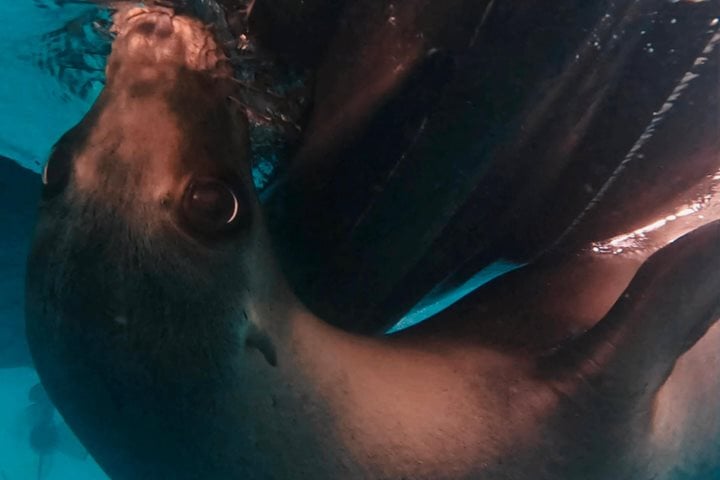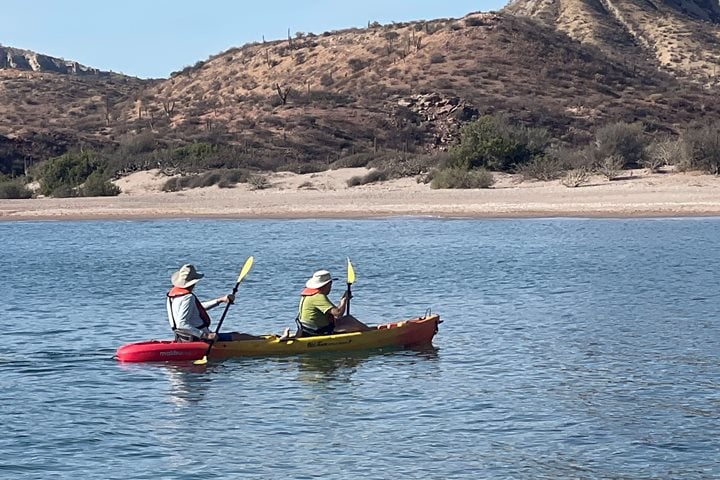Our explorations on the Baja California peninsula today offered contrasts to our island exploration of yesterday. First to catch our collective attention were the tracks in the mud. Small hand-sized tracks skirted the edges of a narrow lagoon. Such a footprint is not a possibility on the islands of the Gulf, but here on the peninsula there are raccoons scampering about. Along with the raccoons were jackrabbit footprints, California quail and a bird with a unique zygodactyl toe pattern. Zygodactyl is referencing the arrangement of two toes facing forward and two toes facing backwards. Running through this stretch of the Sonoran desert imprinting X’s in the dust are roadrunners, and their cartooned pursuer’s as well—the coyote. Both tracks were observed and we took the roadrunner tracks home with us by using a little Plaster of Paris to cast them into a more permanent form.
The dust was not only a medium for recording tracks, but it was the dining room table for small insects called ant lions or doodle bugs which excavate small conical pits. The angle of repose of these inverted volcanos is such that other small insects when walking about knock a small trickle of sand to the bottom, the reaction of the ant lion in the bottom is to flick sand out, and encourage a downward fall of the hapless wanderer into the ant lion’s waiting jaws. Rolling between the dust and stones was another bit of charismatic micro fauna, a velvet ant. This wasp can be described as a six-legged dust bunny or an oversized ant with a Phyllis Diller hairdo.
Our afternoon attentions were directed to the aquatic world. Kayakers had a hardy paddle into the prevailing wind and earned a free sail back to the beach. Snorkelers explored the rocky outcrop along the beach and found a multitude of colorful fish, sea stars, urchins, and the bonus, an eel retreating into its rocky lair.
Where the desert meets the sea, a margin of diverse habitat and inhabitants filled our day with interest, discovery, and fed our insatiable sense of wonder. Yum.









